When one arrives in Cusco, one first perceives a deep connection with its ancestral history, mountainous landscapes, and warm people. Formerly known as the capital of the Inca Empire, today, this city is a vibrant melting pot of cultures that blends indigenous traditions with colonial influences, creating a unique atmosphere in every corner. Undoubtedly, one of the best places to immerse oneself in this cultural wealth is its local markets.
The markets of Cusco are not just centers of commerce; they are the pulsating heart of everyday life in Cusco. Here, the exchange goes beyond products; it is a community experience where stories, knowledge, and customs intertwine with selling fresh produce, handicrafts, and more. These markets are like tiny windows into the city’s soul, where locals and visitors coexist in a space filled with color, aromas, and sounds.
- Why Are They Important?
- The Experience of the Cusco Markets
- Markets of Cusco
- 1. Central San Pedro Market: The Beating Heart of Cusco
- 2. Cascaparo Market: Local Tradition in a Tranquil Setting
- 3. San Blas Market: Art and Culture at Every Corner
- 4. Wanchaq Market: The Local Favorite
- 5. Huancaro Market: The Farmers’ Market
- 6. Ttio Market: A Corner of Daily Life
- 7. Vinocanchón Market: The Giant of San Jerónimo
- Where Can I Buy Handicrafts?
- Practical Tips
- Frequently Asked Questions about the Markets of Cusco
- You may also be interested in:
Why Are They Important?
For Cusqueños, the markets are places to stock supplies and authentic meeting centers. In these bustling hubs of the city, you can find everyone from grandmothers buying ingredients for family lunch to artisans selling their latest creations. The markets are the nucleus of social and economic activity in the region, a space where rural producers bring the best of their harvests to the city.
The foods sold here are not just any items; they reflect the biodiversity of Peru. Potatoes in all their varieties, colorful corns, exotic fruits from the jungle, medicinal herbs from the Andes, and seasonal fresh produce. All this in a setting that seems to be taken from a postcard of another time but remains alive and vibrant in the 21st century.
The Experience of the Cusco Markets
If you are someone who travels to honestly know the place you visit, the Cusco markets must be on your itinerary. Why? Because there is no better way to understand a culture than through its food, people, and customs, and the markets concentrate these three pillars in one place.
Each Cusco market has its charm. The San Pedro Market, the most famous, is an explosion of colors and flavors where you can find everything from fresh juices to handmade clothing. Here, you can see local daily life up close: food stalls offer traditional dishes like rocoto relleno or rice with egg, while the aisles are filled with products you won’t see anywhere else.
But if you want to go further and explore less touristy corners, smaller markets like Wanchaq Market or San Blas Market are ideal options. Less crowded yet equally fascinating, these markets provide a more intimate glimpse into Cusqueño life, where tourists are merely spectators of a daily routine that has endured for generations.
Visiting the markets also allows you to interact with the Cusqueños. Hearing their stories, learning about the ingredients they sell, or simply sharing a smile is an experience that no other tourist spot can match. It’s not just a matter of shopping; it’s a complete immersion into Cusco’s culture, history, and living traditions.
Markets of Cusco
The traditional markets of Cusco are the heart of local daily life. Here, away from the tourist hustle and bustle, Cusqueños stock up on fresh produce, Andean herbs, and homemade food. These vibrant spaces are more than just trading places; they reflect the culture, gastronomy, and ancestral customs that endure through time.
1. Central San Pedro Market: The Beating Heart of Cusco
We start with the most emblematic and visited by tourists and locals alike. Central San Pedro Market is a feast for the senses, where tradition breathes.
This market is a place of great activity where you can find everything: fresh fruits, natural juices, Andean herbs, freshly baked bread, and a wide variety of typical dishes that invite you to taste Cusqueño cuisine in its most authentic form.
Its endless aisles are filled with souvenirs, textiles, and crafts, but what truly stands out is the vibrant atmosphere and the constant bustle that offers a true immersion in local culture.
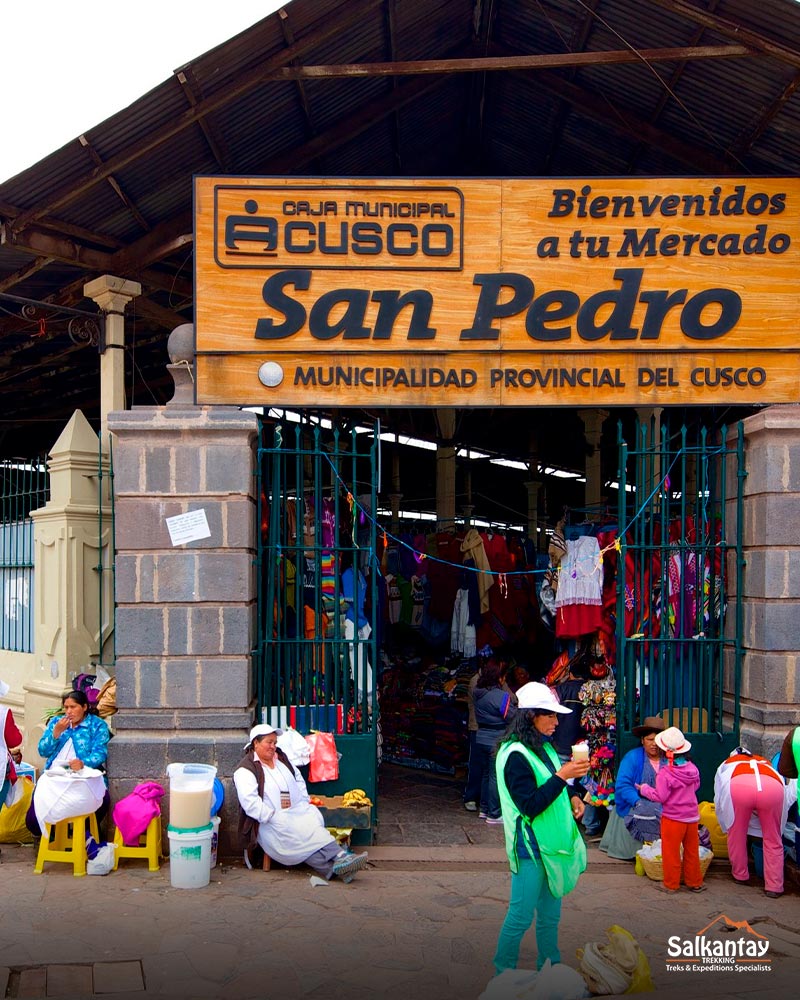

2. Cascaparo Market: Local Tradition in a Tranquil Setting
Located just a few blocks from San Pedro Market, Cascaparo is a less touristy yet equally charming alternative.
It is a smaller, quieter market frequented mainly by locals seeking fresh products at accessible prices. Here, you will find a variety of exotic fruits, fresh vegetables, meats, and spices that nourish Cusqueño cuisine. Additionally, it is an excellent place to buy natural products and traditional medicinal herbs from the Andean region.


3. San Blas Market: Art and Culture at Every Corner
San Blas is known as the artists’ neighborhood, and its small market is no exception.
This market combines local products with a bohemian touch. In its surroundings, you will find art galleries and workshops where artisans work on ceramics, textiles, and jewelry.
While the market is more modest compared to others, it is perfect for those seeking a relaxed atmosphere, with the possibility of enjoying a coffee or snack while contemplating the works of local artists. It is a corner of creativity that reflects the artistic essence of Cusco.


4. Wanchaq Market: The Local Favorite
Away from the tourist center, Wanchaq Market is where Cusqueños do their daily shopping.
It offers various fresh products, from meats and fish to fruits and vegetables from the region. Additionally, it has food stalls where you can try traditional dishes at very accessible prices, making it an excellent option for those seeking an authentic experience without the tourist hustle.
It is the ideal place to delve into the daily life of locals and discover the ingredients that make up the Andean diet.


5. Huancaro Market: The Farmers’ Market
This market located a little further from the historic center, is famous for its Sunday Fair. Farmers from nearby rural areas bring their fresh products directly from the field every Sunday.
It is a vibrant market with colors where you can find everything from native potatoes to medicinal herbs. It is the perfect place for those seeking organic products and wishing to support local farmers directly. Furthermore, the variety of products is unique, including ingredients not usually available in other markets in the city.

6. Ttio Market: A Corner of Daily Life
Ttio Market is a hidden gem for those wishing to escape the tourist circuit and get to know the real Cusco.
This market is frequented mainly by local families looking for fresh and cheap products. Food, clothing, kitchen utensils, and other essential home goods are here.
It is a practical market, without the pretensions of more touristy ones, making it an exciting stop to observe Cusqueño’s daily life in its most genuine form.
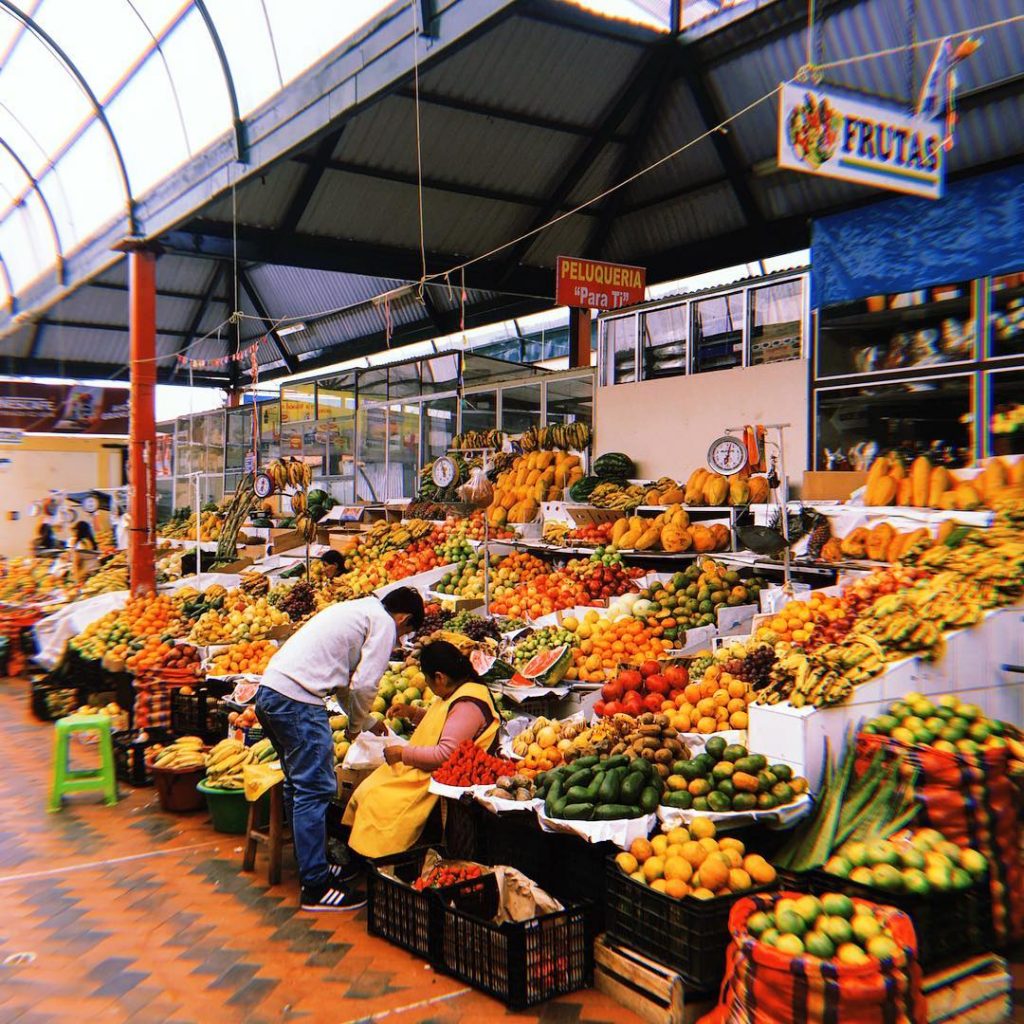
7. Vinocanchón Market: The Giant of San Jerónimo
If you are willing to venture a little further from the center of Cusco, Vinocanchón Market, in the district of San Jerónimo, will reward you with a unique experience.
It is one of the largest markets in the city and an important trading point for agricultural products coming from the nearby valleys. The offering is gigantic: fruits, vegetables, meats, flowers, artisan products, and much more.
Both retailers and restaurants stock up here, so the variety and prices are usually very competitive. It is the perfect place to explore an authentic and lesser-known market away from the tourist crowds.


Where Can I Buy Handicrafts?
Cusco, a land of history and living culture, is also the epicenter of a rich artisanal tradition that has survived the test of time.
If you are among those seeking to take home more than just souvenirs, the handicraft markets are the perfect place to find unique, handmade pieces that reflect centuries of wisdom and mastery.
Each market offers a different experience, full of colors, textures, and details that immerse you in Cusqueño art. Here’s a detailed guide to the best markets to buy authentic handicrafts.
1. Textile Artisan Center Cusco: The Art of Weaving at Its Finest
The Textile Artisan Center Cusco is a true paradise for lovers of traditional textiles. Known for its high quality and intricate designs, this center showcases the cultural richness of Andean peoples. Here you will find everything from blankets and ponchos to finely crafted garments, each with patterns that tell stories of past generations.
The vibrant colors of natural threads, dyed with ancestral techniques, immerse you in a world full of symbolism and tradition. Furthermore, by purchasing here, you acquire a unique piece of art and directly support the communities that keep this textile heritage alive. It is undoubtedly a must-stop for any traveler wanting to take a piece of Cusqueño culture home.


2. Chinchero Market: Pure Handicrafts in a Picturesque Setting
Just 45 minutes from Cusco, Chinchero Market is one of the most authentic places to buy handicrafts. Surrounded by mountains and fields, this market is famous for its handmade textiles and local products. On Sundays, market day, the place comes alive with the colors and aromas of fresh products as artisans display their best creations.
Among the most sought-after items are ponchos, chullos (Andean hats), and blankets woven from alpaca, all crafted by the skilled hands of local artisans. The best part is that your purchase here directly impacts rural communities, as many products are made using ancestral techniques passed down through generations.
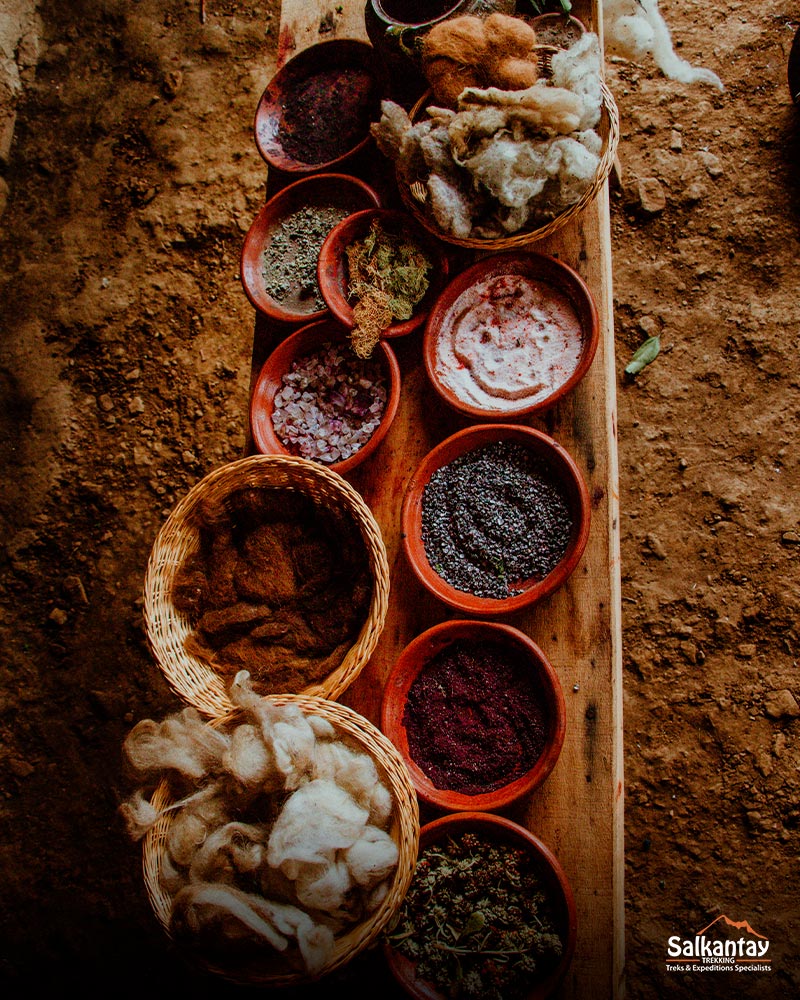
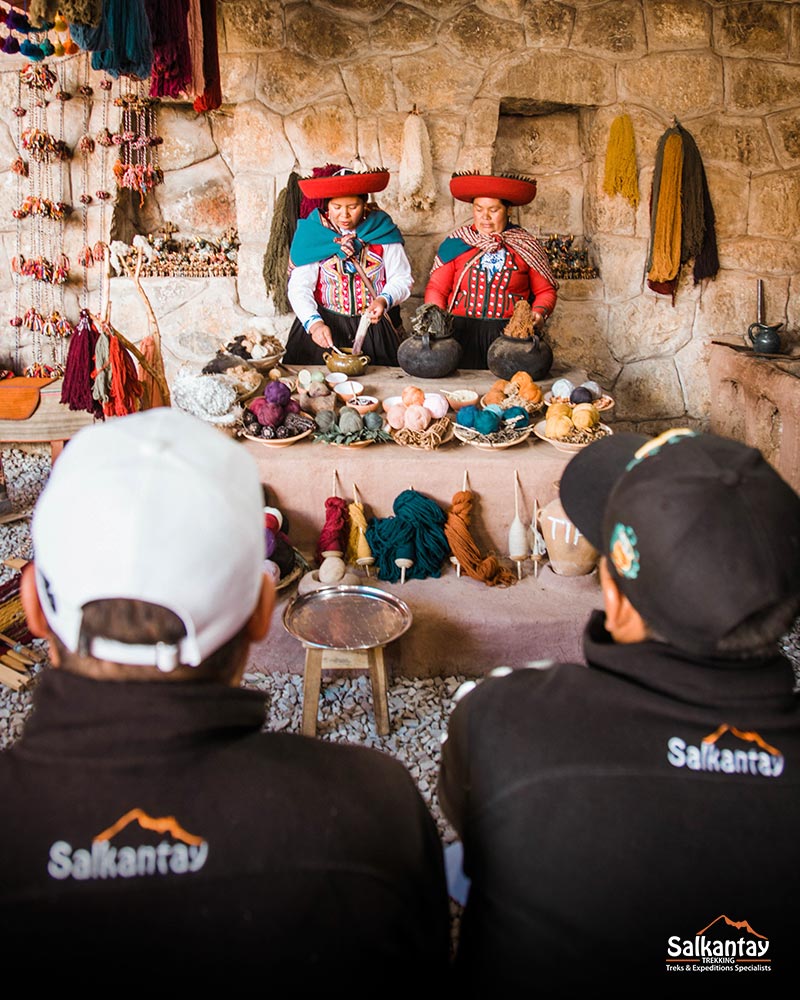
3. Traditional Pisac Market: A Treasure Hunter’s Paradise
If you love large and diverse markets, the Traditional Pisac Market is a stop you cannot miss. Located in the Sacred Valley of the Incas, this market is a feast for the senses, with vibrant stalls filled with crafts, jewelry, ceramics, and local food products.
Here, you can spend hours exploring every corner, discovering everything from intricate silverwork to colorful ceramics that reflect the region’s rich pre-Columbian history. Don’t be surprised if you find yourself haggling with an artisan over a unique piece; in Pisac, the art of barter is still alive.
Moreover, as you stroll among the stalls, you’ll enjoy stunning views of the surrounding mountains, making this visit an unforgettable experience.

4. Avenida El Sol: The Artisan Corridor of Cusco
Finally, you can walk along Avenida El Sol, one of Cusco’s main arteries and a valid showcase of local art and culture. Along this avenue, you’ll find a wide variety of shops and boutiques selling everything from textiles to jewelry and unique crafts that blend tradition with contemporary design.
This is the ideal place for those looking for more sophisticated pieces, perfect for gifts or high-quality souvenirs. Additionally, in some shops, you’ll have the opportunity to see live demonstrations of artisans as they create their works, adding extra value to your shopping experience.
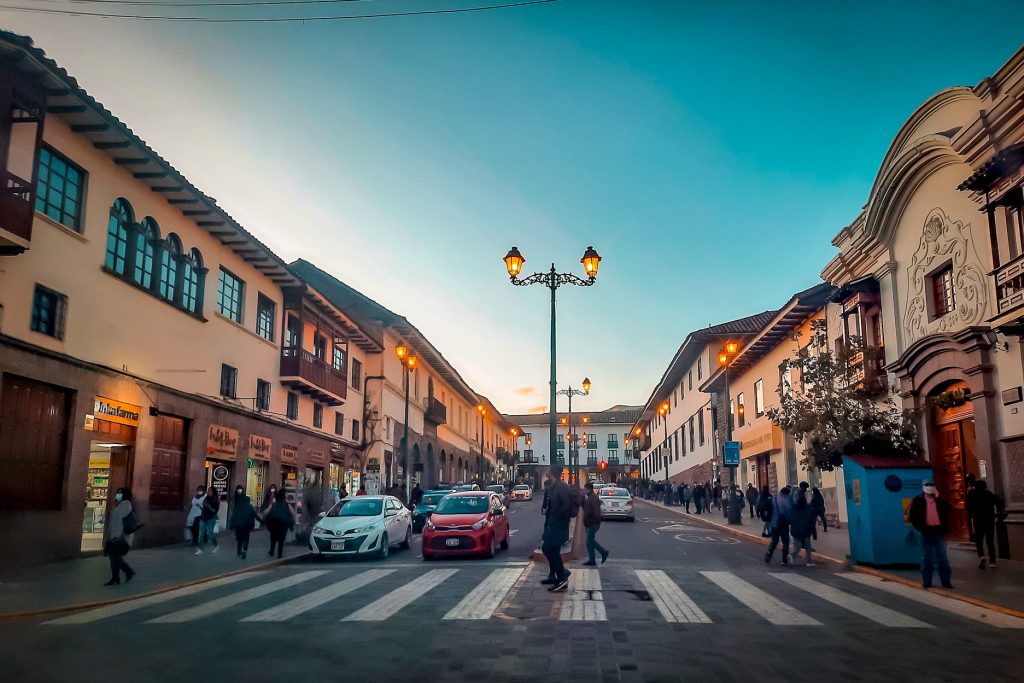
Practical Tips
Visiting the markets of Cusco is one of the most enriching activities you can experience during your trip. However, like any adventure, it’s essential to prepare adequately to make the most of this experience. Here are some practical tips to help you get the best out of your visit to these vibrant spaces full of life, color, and culture.
Best Time to Visit
- Avoid Peak Hours: For a quieter and more authentic experience, visiting the markets early in the morning or the afternoon is recommended. At these times, you can explore more comfortably and without the crowds that usually pack the markets, especially in the morning during opening hours.
- Special Market Days: Remember that some markets have special days, such as the Pisac Market, which comes alive with color and activity, especially on Sundays. If your visit coincides with one of these days, don’t hesitate to take advantage of it! Additionally, many markets celebrate local festivities, where you can find unique products and enriching cultural experiences.
How to Get There
- Public Transport: Cusco has an accessible public transport system. Combis (minibusses) are economical for getting to the city’s markets. You can reach markets like Chinchero or Pisac by bus or minivan for the more distant ones. Be sure to ask locals or your hotel about the most convenient routes.
- Taxis: Taxis are an excellent alternative if you prefer a more comfortable option. Make sure to agree on the price before getting in, as many taxis in Cusco do not use a meter. Using taxi apps can be an excellent option to avoid misunderstandings.
- On Foot: If you find yourself in the historic center of Cusco, many markets are within walking distance. Strolling through the cobblestone streets will allow you to enjoy the colonial architecture and discover other exciting places.
What to Bring
- Cash: It’s advisable to carry cash, as many market vendors do not accept credit cards. Also, having small bills will make shopping and haggling easier, a common practice in these places.
- Camera: Remember your camera or smartphone to capture the vibrant colors and everyday life in the markets. However, asking for permission before photographing vendors or people is essential, as some may prefer to avoid being photographed.
- Reusable Bag: Bringing a reusable bag is an excellent idea for carrying your purchases in an eco-friendly way. Many markets offer fresh and artisanal products, so have a bag handy to take home your treasures.
Safety
Tips to Avoid Scams and Theft: Although Cusco’s markets are generally safe, it’s always wise to be alert. Here are some tips to avoid issues:
- Keep your belongings close: Use bags with zippers and keep your valuables in secure places. A fanny pack or a crossbody bag can offer extra security.
- Avoid distractions: In crowded markets, it’s common for some people to try to distract you by stealing. Stay focused on your shopping.
- Negotiate kindly: Haggling is part of the shopping experience, but do so in a friendly and respectful manner. If you feel that a price is too high, feel free to offer what you consider fair, but always with a smile.
- Know the prices: Research typical product prices to avoid unpleasant surprises before purchasing. You can ask other tourists or check online.
With these tips, you’ll be ready to dive into the fascinating world of Cusco’s markets. Each visit will be an opportunity to connect with local culture, support artisans, and take home a piece of this beautiful city. Prepare your senses and enjoy the experience!
Frequently Asked Questions about the Markets of Cusco
Which market should I visit in Cusco?
Immersing yourself in authentic Cusco culture through its vibrant markets is a unique experience. Among the many options, the Central San Pedro Market stands out for its authenticity and various products, from fresh local ingredients to traditional crafts. Other markets, such as the Pisac and the San Blas Market, are also excellent choices, from unique souvenirs to typical foods, depending on your preferences.
What is the most famous market in Cusco?
The most emblematic market in Cusco is undoubtedly the Central San Pedro Market. This place is a commercial epicenter and a cultural meeting point where locals and tourists mingle, offering an authentic daily life experience in Cusco.
What to see in the San Blas neighborhood?
San Blas is a neighborhood that radiates art and culture. When visiting, explore the San Blas Market, where you’ll find exquisite artwork, unique crafts, and authentic textiles. Additionally, enjoy its cobblestone streets, filled with art galleries, craft shops, and cozy cafes, inviting you to take a refreshing break.
How old is the San Pedro Market?
The Central San Pedro Market has been a pillar of the Cusco community for decades, although determining its exact founding date is complicated. Its history is intertwined with the lives of Cusqueños, solidifying it as the commercial heart of the city and a witness to its cultural evolution.
What can’t I miss in Cusco?
Cusco is filled with unforgettable experiences. Be sure to visit the Plaza de Armas, the imposing fortress of Sacsayhuamán, and the historic Coricancha. Additionally, savor the delicious local cuisine in the markets, where you can take home a piece of Cusco’s culture in typical and artisanal products.
What can you see in Cusco in one day?
If you only have one day in Cusco, visit the Plaza de Armas and the Cathedral, explore the San Blas neighborhood and its market, and discover the rich history of Qoricancha. It’s also recommended to try the local cuisine at the San Pedro Market and take a short walk to Sacsayhuamán for spectacular views of the city.
What recommendations are there for bargaining in the markets?
Bargaining is part of the experience in Cusco’s markets, but it’s essential to do it respectfully and kindly. Start by offering a lower price and, if necessary, give a smile. The key is to enjoy the process and respect the work of the vendors.
Is it safe to shop in Cusco’s markets?
Cusco’s markets are generally safe, but it’s always prudent to take precautions. Keep your belongings close and avoid displaying valuables. While haggling is expected, make sure to negotiate in a friendly manner to create a positive atmosphere during your shopping.
With these frequently asked questions, you’ll be more than prepared to enjoy Cusco markets’ magic. From the vibrant Central San Pedro Market to the charming corners of San Blas, each visit will be a unique and memorable experience. Immerse yourself in the culture and live Cusco through its markets!
You may also be interested in:
- The 6 Best Markets to Visit in Cusco
- How to Spend a Weekend in Cusco, Peru
- Christmas and New Year’s in Cusco: An Unforgettable Experience in the Peruvian Andes
- The Best Things to Do in Cusco in 3 Days
- The 15 Best Street Foods in Peru You Can’t Miss
- Cusco Handicrafts: Who Doesn’t Want One?
- Aguas Calientes: Guide to Machu Picchu Pueblo
- Santurantikuy in Cusco: Andean Christmas, a meeting of traditions and spirituality
- 13 Typical Peruvian Drinks

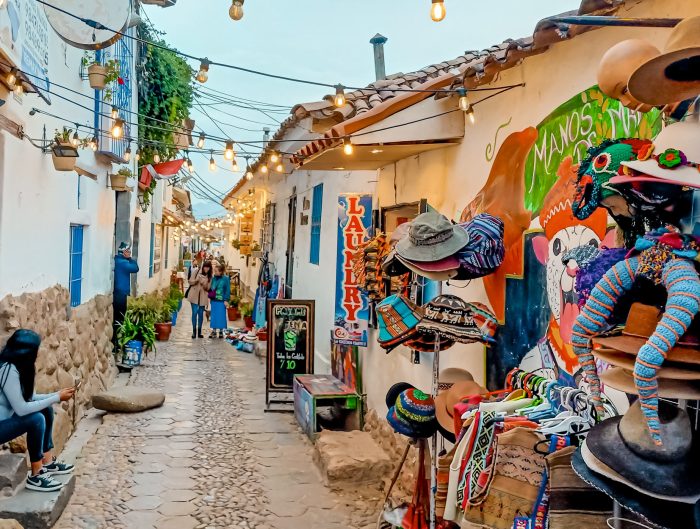


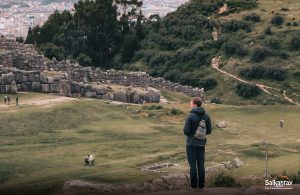
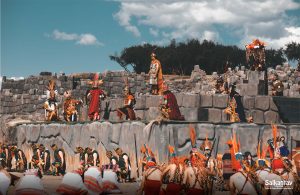
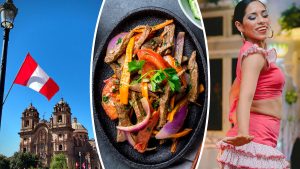


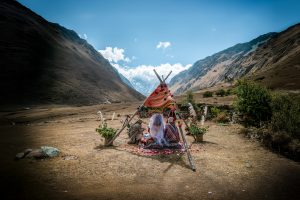


Leave A Reply